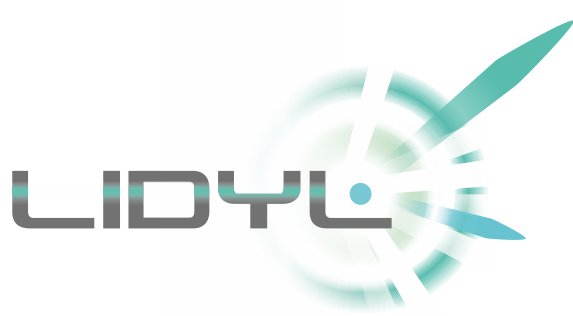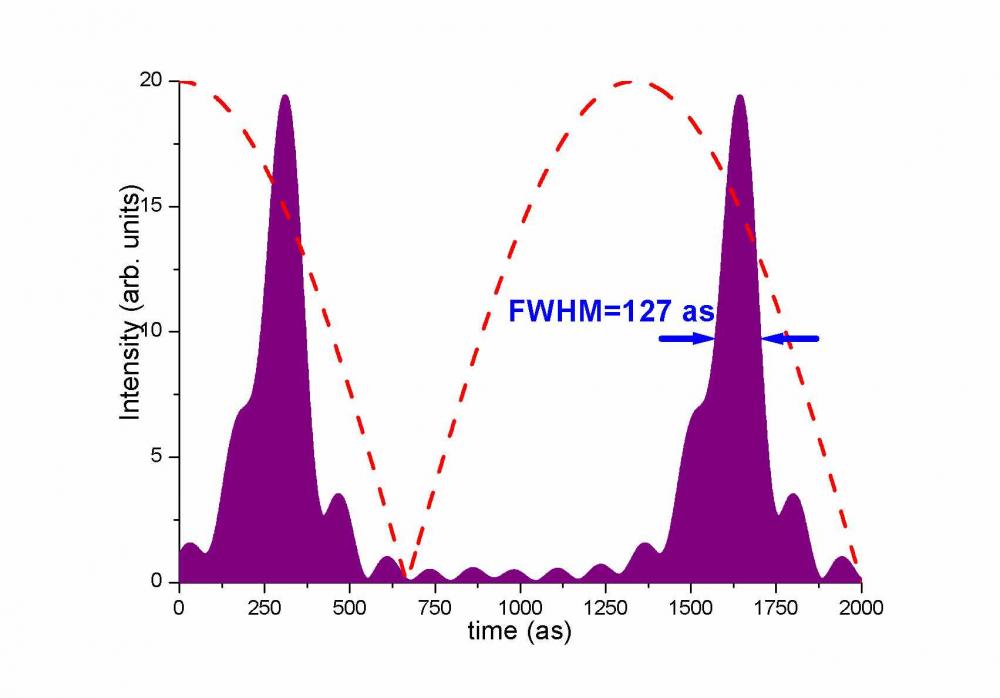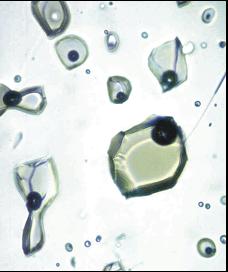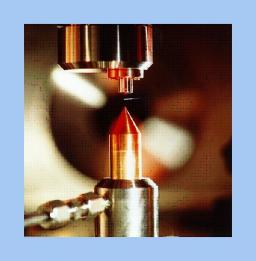 Physique et chimie femtoseconde-attoseconde / Femtosecond-attosecond physics and chemistry
Physique et chimie femtoseconde-attoseconde / Femtosecond-attosecond physics and chemistry
While the pulse durations of infrared lasers are reaching the fundamental limitation imposed by the duration of the optical cycle (a few femtoseconds), High-order Harmonic Generation has recently opened a new field by accessing the attosecond regime (1as = 10-18 s). HHG spectra are made of lines corresponding to the odd multiples of the fundamental laser frequency, and can cover a very broad spectral range, from visible light to soft X-rays.


Environmental chemistry and pollution control (Earth science)
This topic shared between the CEA, the CNRS, the 'Institut de Physique du Globe' of Paris and the University Pierre and Marie Curie (Paris VI) called upon environment and Earth sciences with physics and chemistry. Developed research combines tests at the laboratory, ground studies and powerful analysis tools like the neutron activation or the nuclear microprobe. This research relates to mainly magmatology and volcanology which implement two approaches of chemical geodynamics.
Nanostructured materials and nanocomposites
In very many situations, whether it be in fluids or materials for every day use, or in biological systems, matter is present in a highly dispersed form. It follows an extraordinary range of behaviour due to structural combinations, from the molecular to the mesoscopic and macroscopic scale.


Matter under Extreme Conditions
The MEC laboratory is a fundamental research lab where two closely related topics are investigated, on the one hand the interaction of matter with a strong laser field, i.e., at high power density, on the other hand the matter at very high energy density, i.e., hot dense plasmas. The MEC lab is composed of 3 interacting research groups, namely Attophysics, Physics at High Intensity (PHI), and High Energy Density Matter (HEDM).
Photosciences: Light plays a role in many physical and chemical processes; it is also an exceptional tool in the investigation of matter. Photo-scientists within laboratories of IRAMIS study the interaction between light and matter as a fundamental process and an analysis tool. Lasers: Photoscience is becoming increasingly important due to the rise of ultra-short light pulses, often ultra-intense.










